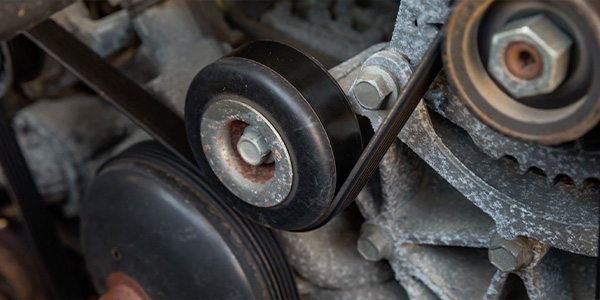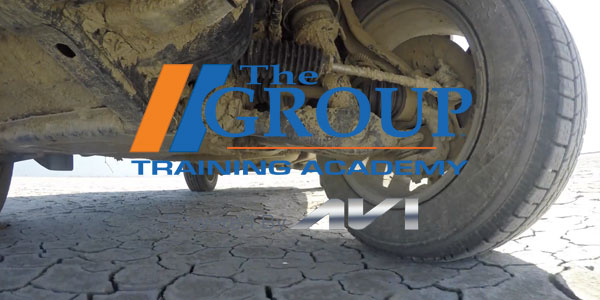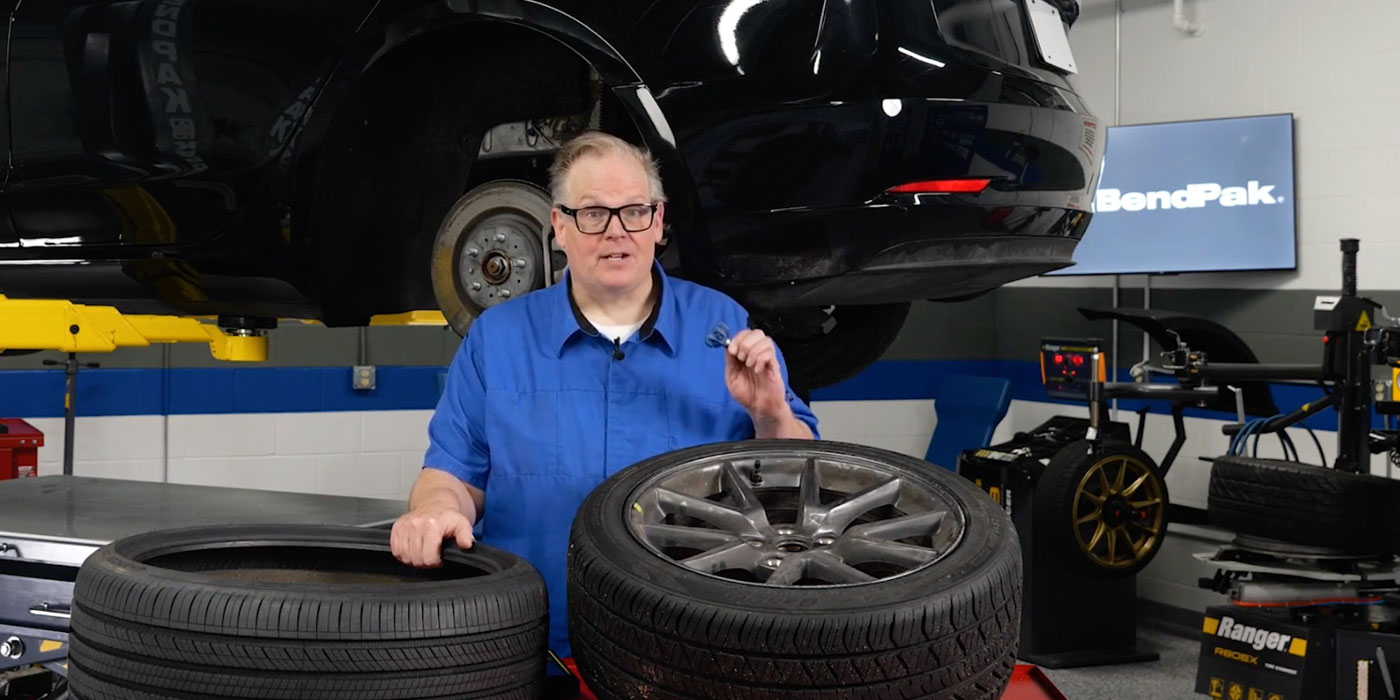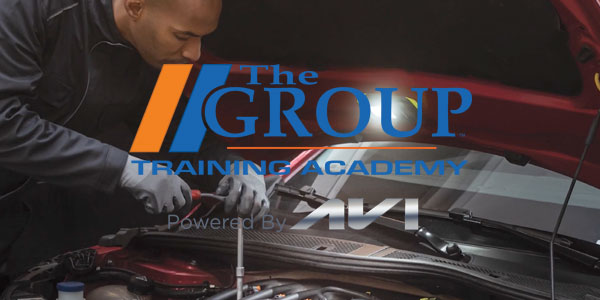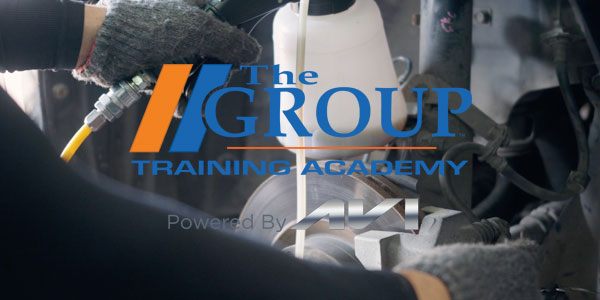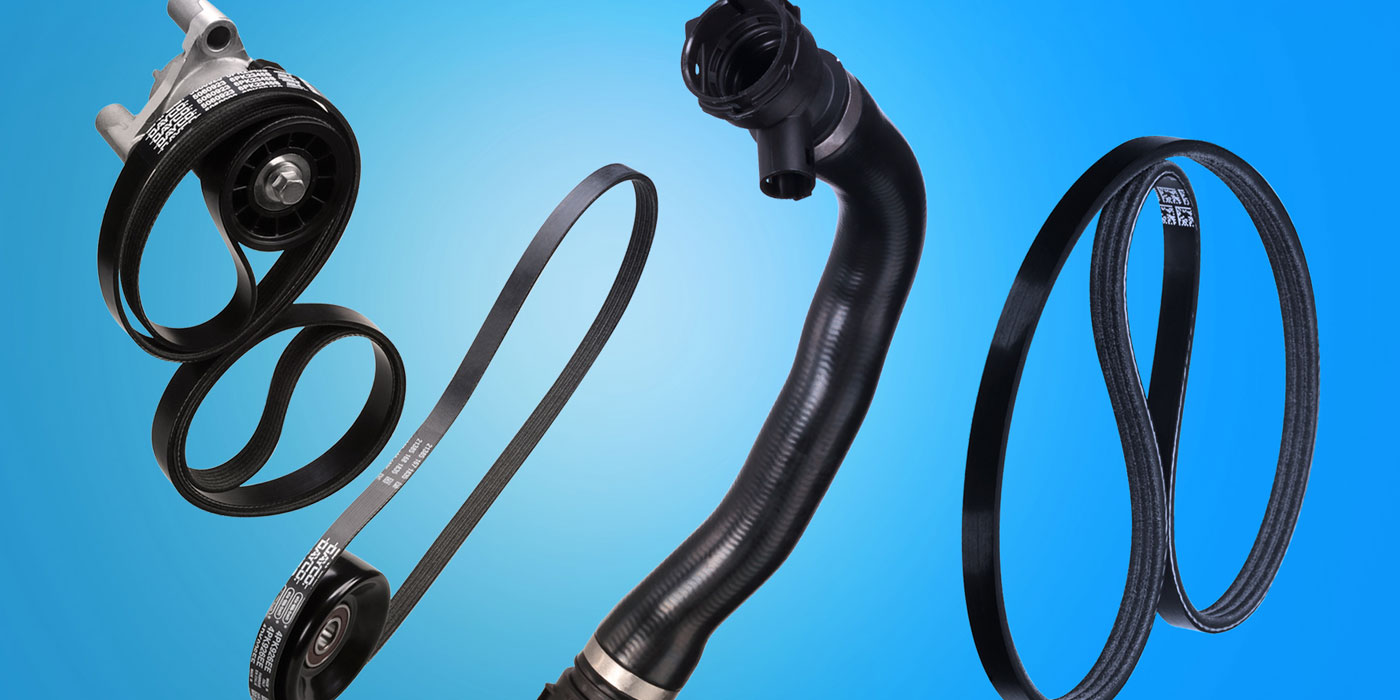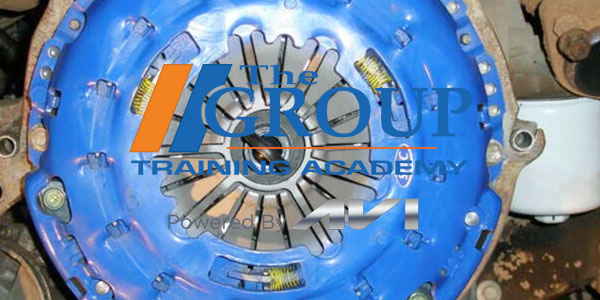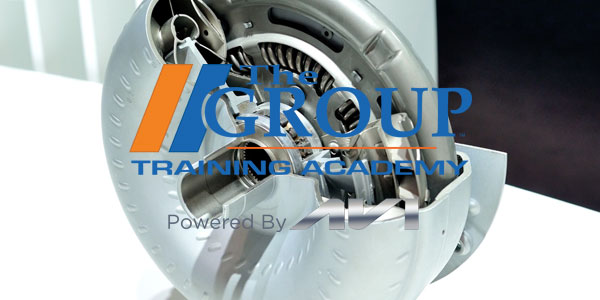If you see a belt that doesn’t have an automatic tensioner and runs between only two or three components, it’s probably a stretch belt.
You also may notice some belts will have the words “stretchy” or “stretch” written on the back.
A stretch belt can last 100,000 miles or more. On a worn belt, the cracks or damage to the backing of the belt won’t be evident to the naked eye. This is why measuring groove depth is recommended – you simply cannot go by mileage recommendations alone.
This video is sponsored by Continental.


